There are moments when a celebrity’s look transcends mere clothing. When it feels like a manifesto. When the fabric itself seems to breathe with intention. This is not just a portrait of Sarah Paulson—it’s a declaration.
She stands center frame, arms crossed, eyes locked, a woman who has mastered the art of being seen without needing to be loud. The image is arresting: a monochrome world split by a single, blazing slash of crimson. That color? Not just red. It’s blood-orange, rich as aged velvet, structured like armor. The coat—by Maison Margiela’s Artisanal Collection—is a sculptural marvel. Its exaggerated shoulders form geometric wings, almost military in their authority, yet softened by the deep V-neckline that draws the gaze inward. The fabric is thick, matte, weighty—a textile that demands reverence. Every fold, every seam, feels deliberate, like architecture built for power.
But the real genius lies in the contrast. Against this boldness, she wears black gloves, long enough to reach her forearms, their sleekness a quiet counterpoint to the coat’s volume. They’re not theatrical—they’re functional. A touch of old Hollywood, yes, but reimagined with modern restraint. Then there’s the jewelry: three strands of pearls, layered with surgical precision, ending in a delicate knot at the collarbone. It’s a nod to vintage glamour, but also to control—like a leash on emotion, or a promise kept.
Her hair is pulled back into a tight, severe chignon, sharp as a knife edge, framing a face painted with minimalist elegance: flawless skin, defined brows, and lips stained a deep, unapologetic red. No smoky eyes. No glitter. Just clarity. The pose—arms crossed, chin lifted—isn’t defensive. It’s possessive. She owns this space. This moment. This look.
And then, in another spread, she appears again—but transformed. Same hair, same makeup, same intensity—but now clad in a full-length Maison Margiela ensemble that looks like it was stitched from ancient parchment. The coat-dress is patchwork, textured, layered, its surface a collage of burnt browns, tans, and rusted golds. It’s raw. It’s tactile. It’s alive. She holds a matching helmet in one hand, the other outstretched as if offering an invitation—or a challenge. The boots? Tabi claw boots, part of the same collection, grounding her in something primal, something fierce. It’s less fashion and more ritual. Less costume and more armor.
This isn’t just styling. It’s storytelling. The imagery evokes John Singer Sargeant’s Madame X—a painting Paulson herself once described as “shocking for the time”—but updated for an age obsessed with identity, legacy, and the performative self. Her presence here isn’t about vanity; it’s about endurance. About surviving the spotlight and still choosing to stand tall.
She’s been inside the Met Gala five times, filmed Ocean’s 8 at the museum, and now, here, she returns—not as a guest, but as a sovereign. There’s a quiet fury in her stillness. A kind of whiplash chic that only comes from someone who has lived through the industry’s cycles and come out the other side unbroken.
It’s no surprise she’s become a fixture in fashion discourse. From her iconic American Horror Story wardrobe to her recent collaborations with designers like Thom Browne and Balmain, Paulson has always understood that clothes are extensions of character—even when she’s just walking down the street. But this? This is different. This is iconography.
And while the rest of us debate whether the new Y2K revival is overdone or overdue, Paulson reminds us that true style isn’t about trends. It’s about timing. About knowing when to burn bright—and when to go quietly, but never unnoticed.
So, is this couture’s final act of rebellion? Or simply Sarah Paulson, once again, proving that the most powerful fashion statements are made not in motion, but in stillness?
For more on how celebrities shape culture through their choices, explore our comprehensive celebrity style archive.
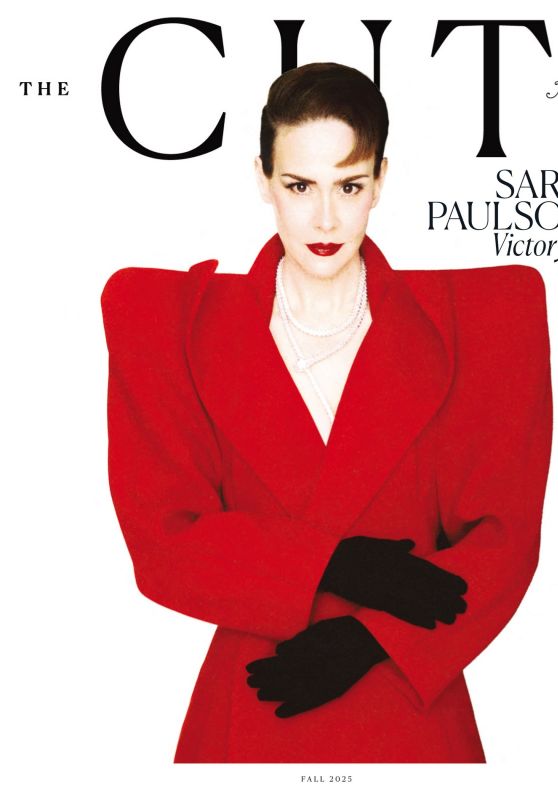
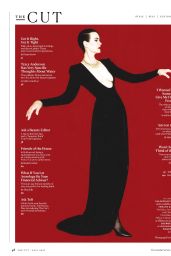
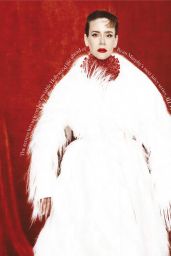
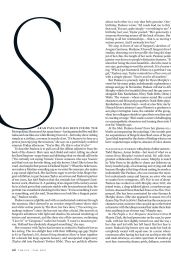
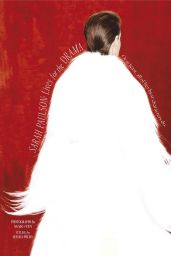
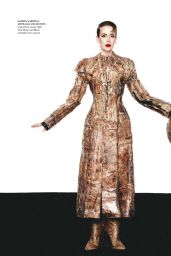
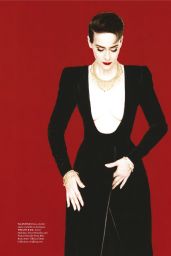
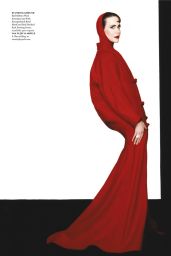
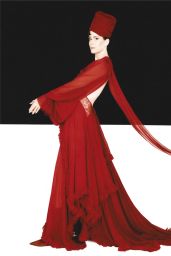
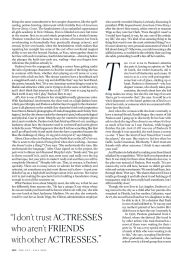
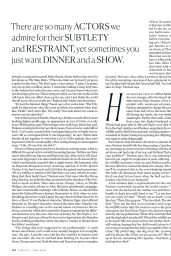
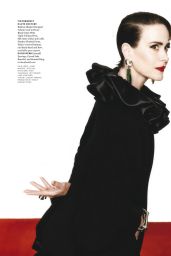

Share what you think